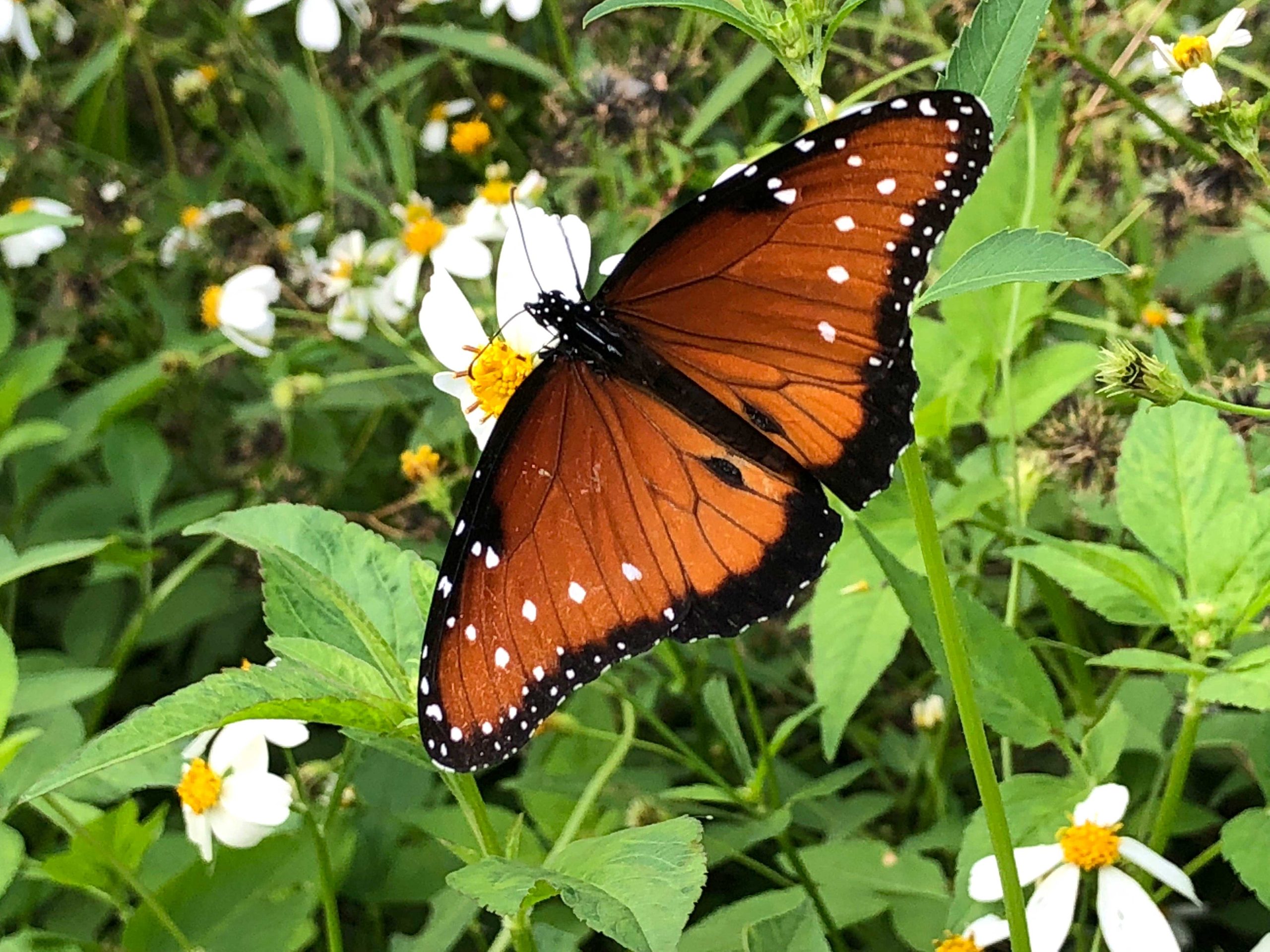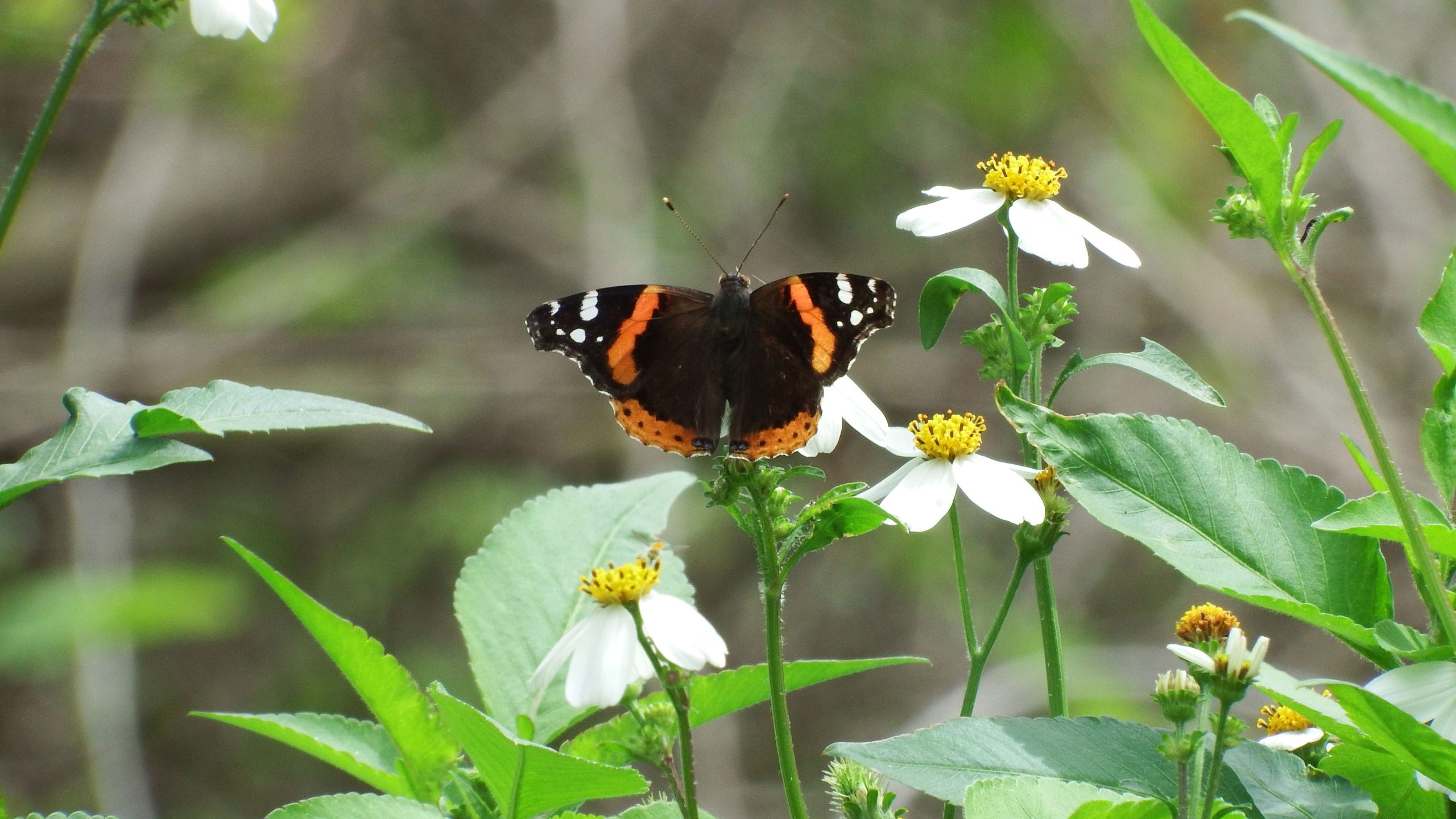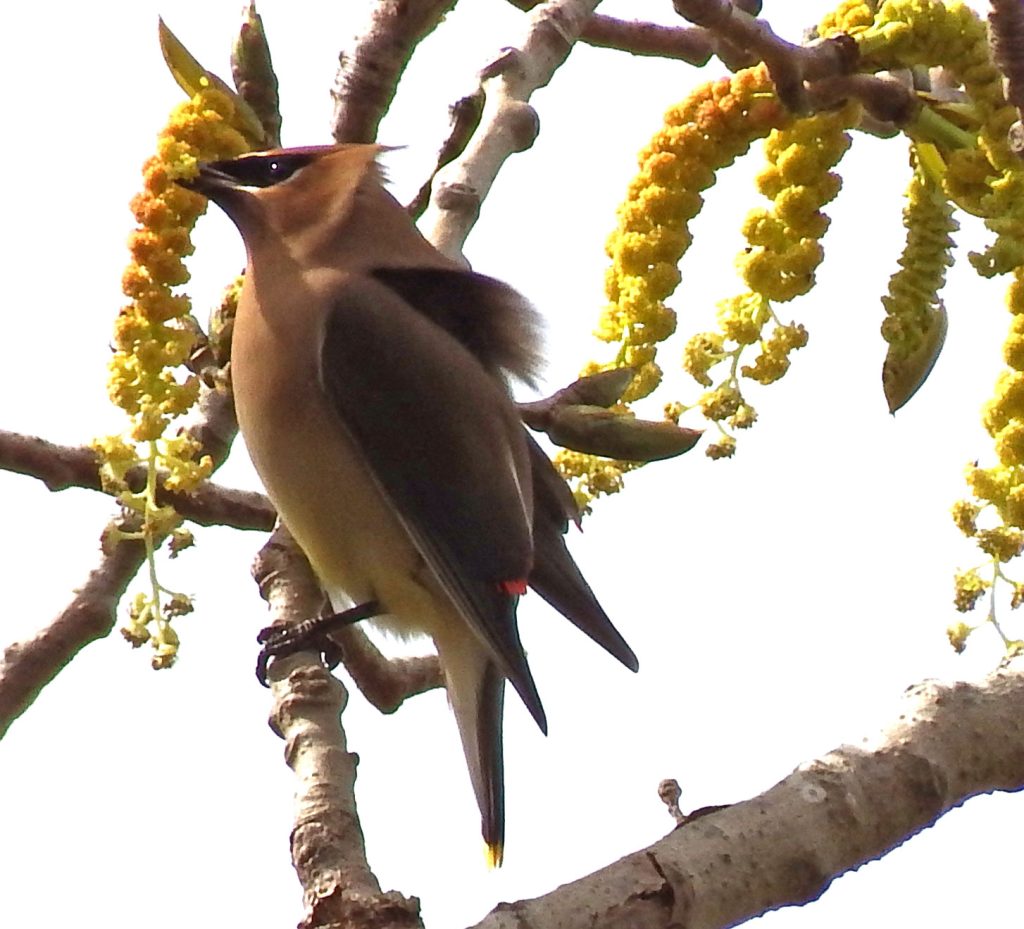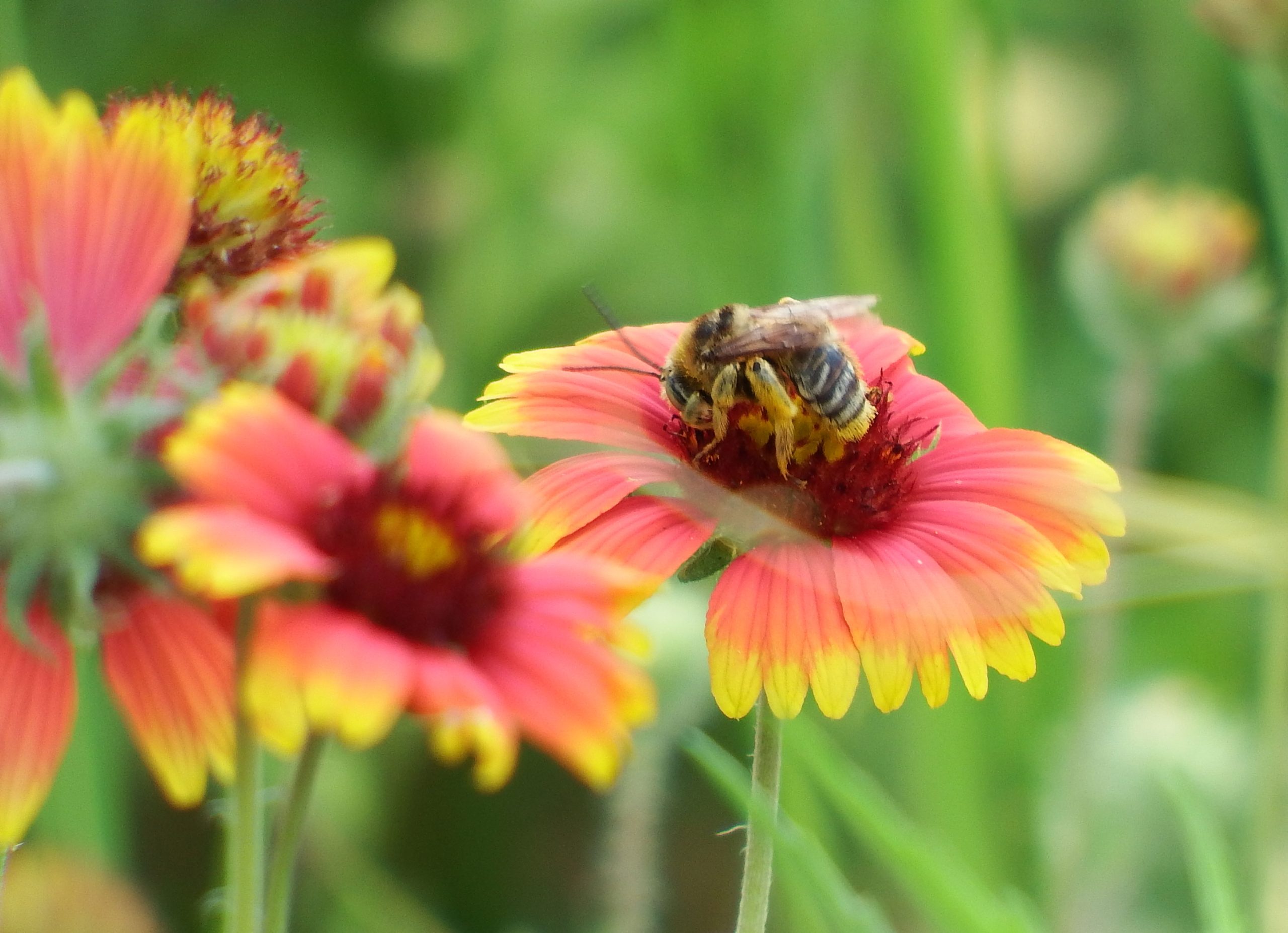The jigsaw puzzle problem

Over the past year and a half writing this blog, I have become aware of what I’ve taken to calling the jigsaw puzzle problem. Until I began looking at plants and animals in detail, I didn’t realize how interdependent the whole enterprise of life is.
Monarch butterflies are a familiar example. Monarchs have to lay their eggs on milkweed plants because their caterpillars cannot eat any other plant. Put them on a lovely petunia and they will starve. This state of affairs is not atypical in the butterfly world. Most butterfly caterpillars can eat the leaves of only a select group of plants and the job of the female butterfly is to find those plants and lay her eggs there and only there.
This seems unnecessarily complicated. If I were designing the world from scratch, I might simplify things and make all plants edible by caterpillars. Except then, there might get to be so many caterpillars that they ate all the plants. This world could collapse from no food for anyone.
The way we got to our current selective eating situation is that plants and insects have been locked in a love hate relationship for as long as there have been insects and plants. Plants need insects to reproduce, so they need to draw them in. However, insects eat plants. Plants do not like this. Over eons some plant mutated and produced a chemical that killed caterpillars. That plant was no longer eaten and spread far and wide. But eventually, a caterpillar mutated in a way that allowed it to eat the formerly poisonous plant. That caterpillar then had access to an abundant food source that was his alone…until one of those plants mutated and started killing that caterpillar.
This dynamic has played out over and over on every living thing throughout the history of life on earth until we have an entire planet where every single living creature became who it is by bumping up against every other creature looking for a comfy spot to prosper.

The caterpillars of this red admiral butterfly eat only thistles.
This is basic biology. But I didn’t understand how deeply woven into life all this was until someone pointed me at a book Napoleon’s Buttons: How 17 Molecules Changed History. The book looks at history through the lens of 17 molecules. As a naturalist (and an amateur one at that), I tend to look at the world as an interconnected network of plants, animals and the structures that support them. This book looks at a tiny part of all that — a molecule — and it made me realize that the jigsaw puzzle problem is bigger than I realized.
For example, one of the molecules the book covers is glucose. We like it. I dare say that almost every creature on earth likes glucose. It forms the basis for much of what nourishes the world. It is bioadaptive to like sugar because when you seek it out, you are seeking out nourishing food. Forget for a moment that we now manufacture sugars and stuff everything with them and this is not good. I’m thinking of sugars naturally produced by plants. Think of bees sipping nectar or bears eating honey or me with a tree full of peaches.

Cedar waxwings visit Houston every spring and feast on ripening fruits
The reason we crave sugar is very physical. We have chemical receptors on our tongues that exactly fit the glucose molecule. When that molecule fills the receptor on our tongue, it completes a circuit and a signal is sent to the brain that this is sweet and the brain makes sure we want to eat as much of that as we can. This was highly adaptive when we were wandering around, naked, trying to find food.
It’s also highly adaptive for the plants that produce the sugars we crave. For the most part, the sweets are concentrated in fruits which, from the plant’s point of view are seeds. The sugar prompts you to take the ripe seed (because they are only sweet when they are mature) and, once you have enjoyed the sweet part, toss the seed somewhere far away from the tree that produced it. Now, you have spread that tree’s genes far and wide.
Sweet is good, sweet is nourishing, sweet is tasty. Sweet is a promise that this food is good to eat. It is a pretty reliable principle because we all evolved together, plants trying to get their seeds spread and animals craving the sugar those seeds come packed in. There’s no evolutionary advantage in making sugar that harms because the plant that did so would be harming the very creatures the plant needs to reproduce.
Antifreeze will kill you.
It isn’t made by a plant, it is ethylene glycol and it is made in a factory. It isn’t food, it’s poison. But it happens that the molecule ethylene glycol is exactly the same shape as glucose, so when an ethylene glycol molecule hits your tongue your brain says “sweet, more” and then you die. Except we are smarter than that. Dogs however are notorious for not reading labels and are therefore frequently poisoned by antifreeze.
This is how the jigsaw puzzle works. Sweet things are good to eat and we find them because our tongues and brains are specially adapted to locate and eat sugar. There is nothing that requires sweet things to be nourishing (for instance that antifreeze). It’s just that here on earth, we have evolved to crave sugar and that craving is used by plants for reproduction and that’s the way it is.
The reason I think of this as the jigsaw puzzle problem is that there are so many of us that we are screwing with the jigsaw puzzle. Pieces are missing or no longer fit. My recent insect rant discusses this in some detail.

Leafcutter bee on gallardia
If you imagine that we will one day leave earth and roam the galaxy landing on inviting planet after inviting planet, don’t. Those planets will not be inviting. Inviting is when everything has evolved over eons to all survive together. The great likelihood is that life there evolved completely differently and by this time, nothing there would be life sustaining for us.
So perhaps we bring a tender assortment of seeds and baby trees and set about making things we can eat. Nope. Those things won’t grow without the help of an incredibly complex web of fungi and bacteria specifically evolved to nourish and be nourished by plant roots.
In other words. It won’t work. None of it. Fortunately, this is also true in reverse, so hooray! Likelihood of alien invasion quite low.
This complicated place is our one and only planet. Just thought I might mention that on another day when it is too hot for me to spend hours outside in the Park.

